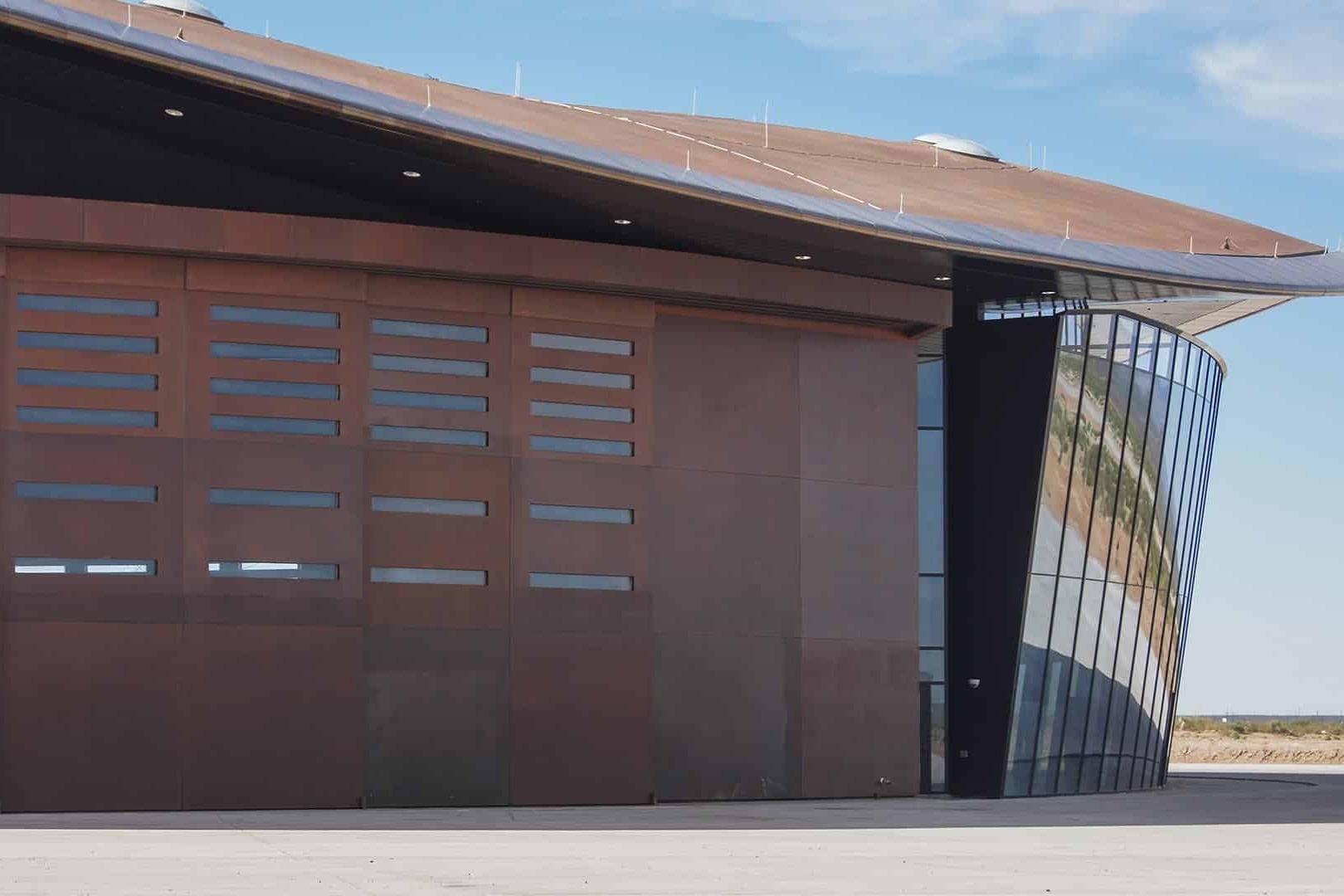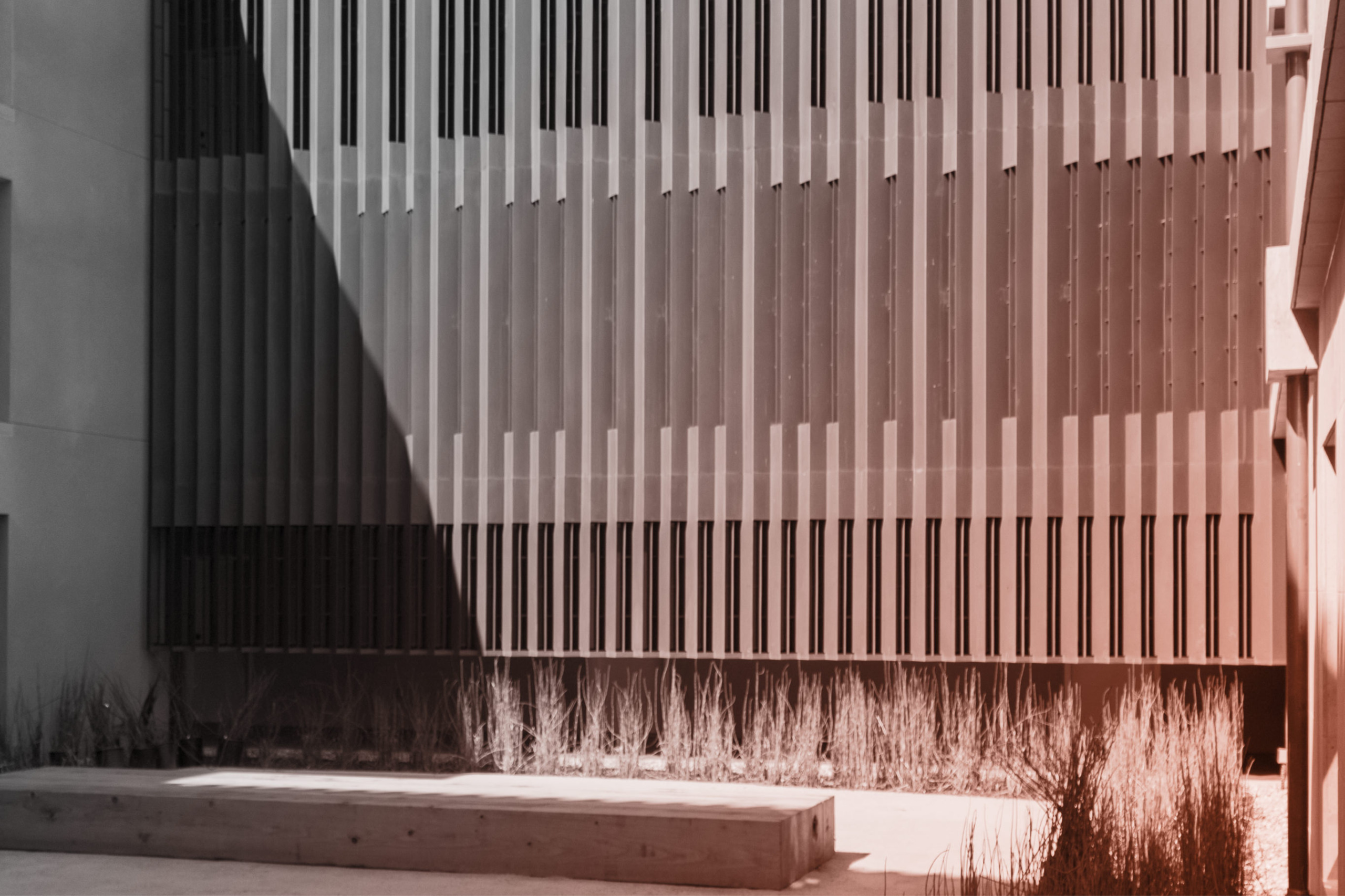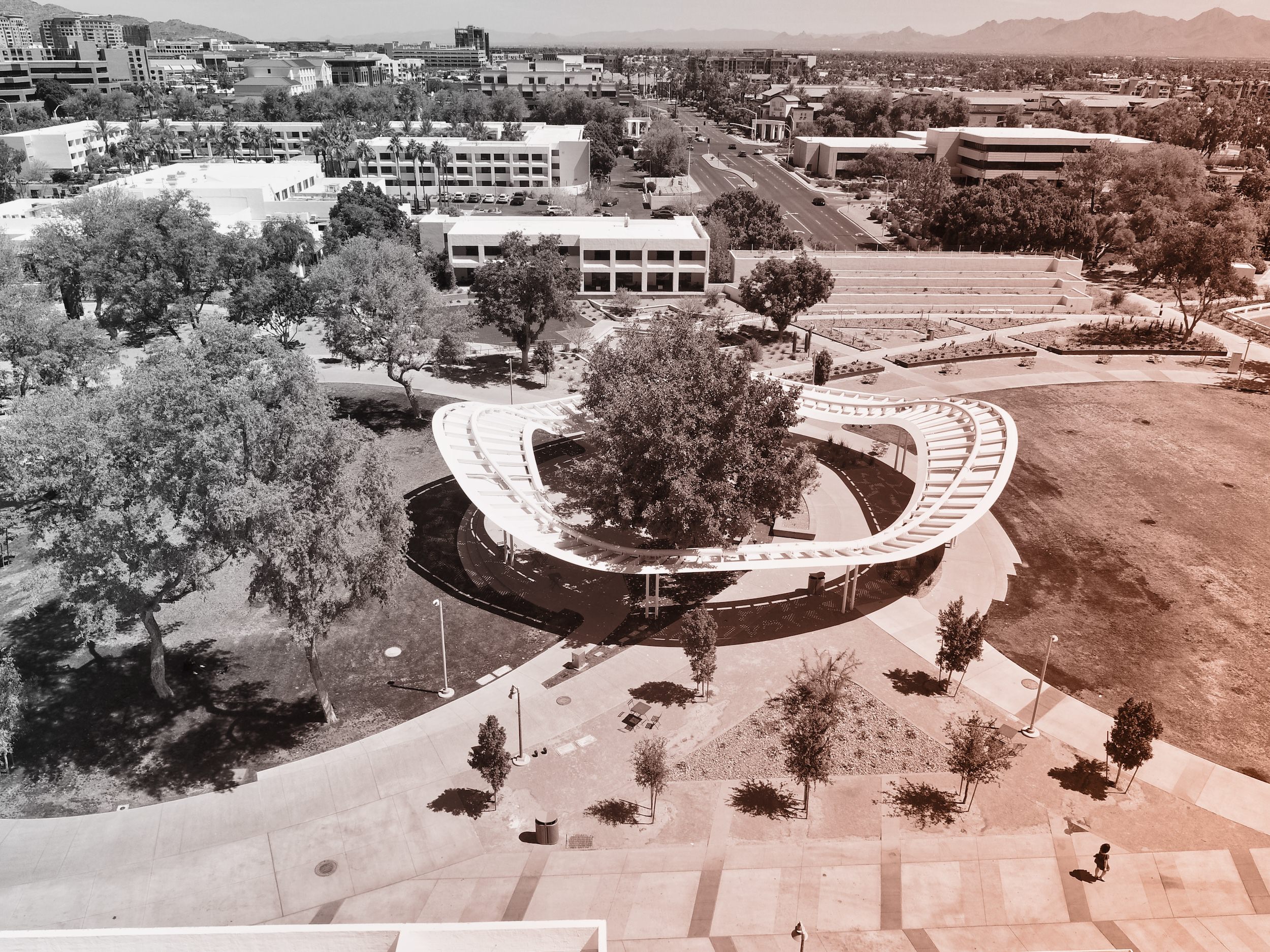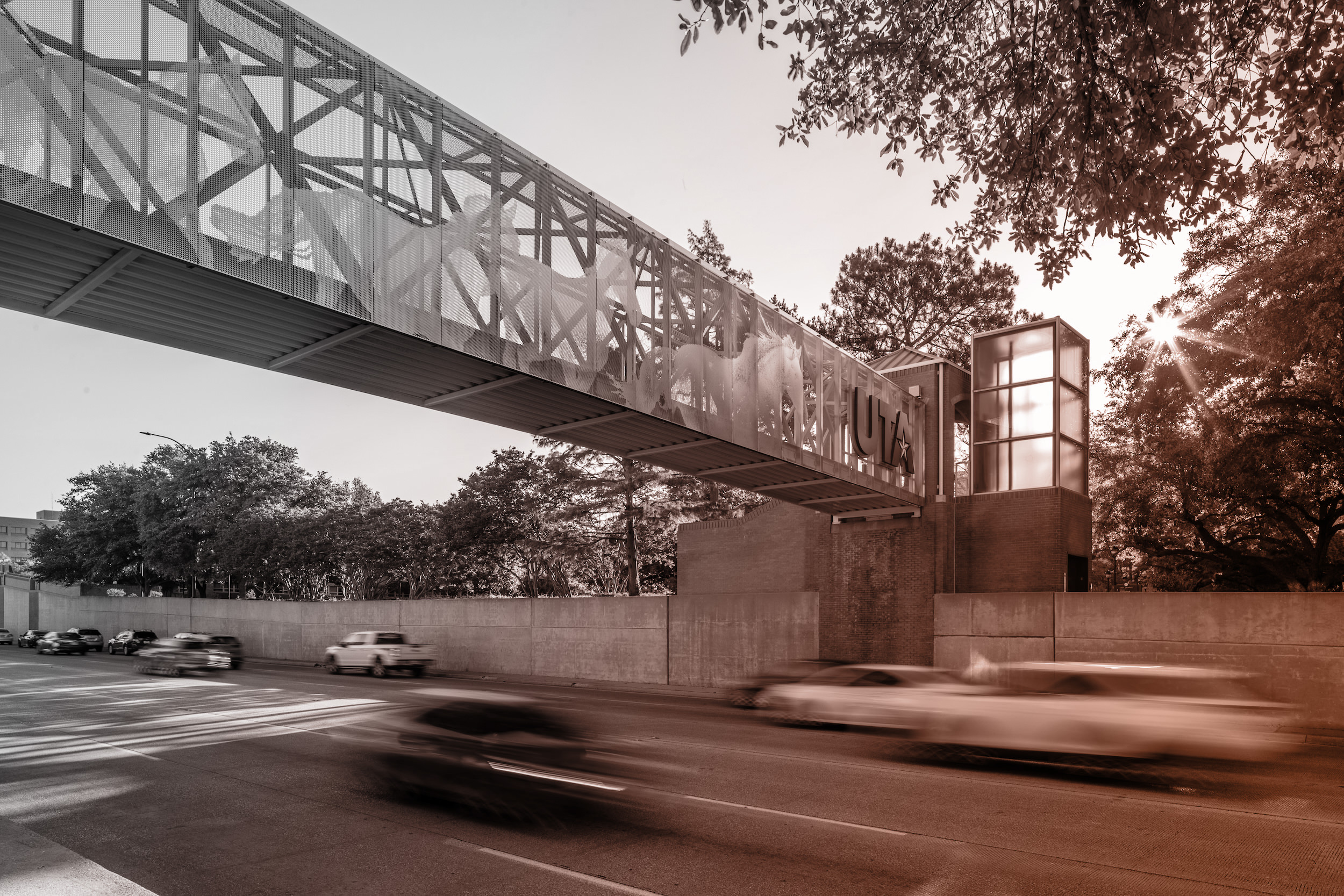How GB-60 Surfaces are Manufactured
The impact of the blasting to the metal surface creates a small indentation. The indentations are rounded, and they tend to overlap. This overlapping crater produces light-scattering behavior, effectively diffusing the reflectivity.
Note that this is not a cleaning process. If the surface of the metal has dirt, scratches, or even fingerprints, blasting will not remove these. On the contrary, it will fix the grease or fingerprint into the surface, making it impossible to remove.
The process involves feeding glass beads from a hopper into a high-pressure stream of clean, dry air. The outlet sprays the beads at high speed onto the surface of the metal. The glass beads that impact on the surface can shatter. The shattered beads are removed in a separator, and the spherical beads are recycled back into the hopper.
The process seems simple, but because of the reflectivity of stainless, it is far more sensitive to minor variations in the blasting process. To achieve a consistent surface careful control of the blasting application is critical to eliminate hazing and mottling in the reflection.





























 PHOTO © A. ZAHNER COMPANY.
PHOTO © A. ZAHNER COMPANY.

 Photo ©
Photo © 


 PHOTO ©️ Parrish Ruiz de Velasco (parrch.com)
PHOTO ©️ Parrish Ruiz de Velasco (parrch.com)







 Ɱ, Creative Commons Attribution-Share Alike 4.0 International license, edited.
Ɱ, Creative Commons Attribution-Share Alike 4.0 International license, edited.

